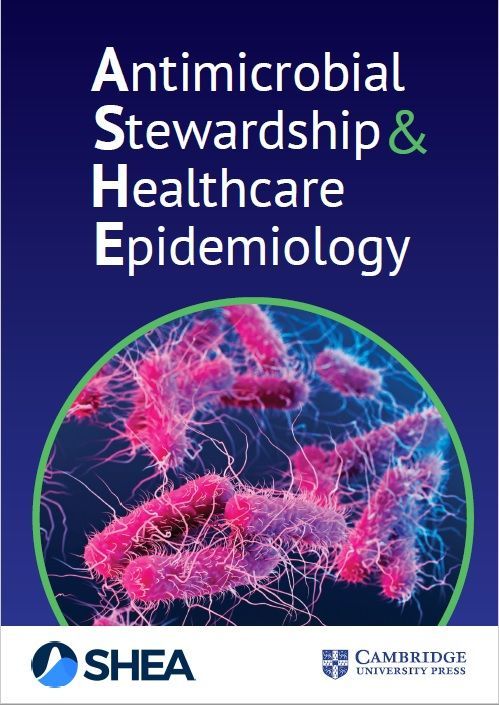Stanford Antimicrobial Safety & Sustainability Program
@stanfordasp.bsky.social
2.3K followers
800 following
250 posts
🏆 IDSA Center of Excellence in Antimicrobial Stewardship | CDPH AMS Honor Roll Gold | WHO Collaborating Centre
🩺 Stan Deresinski, Marisa Holubar, Alex Zimmet, Amy Chang, Emily Mui, Lina Meng, Will Alegria, David Ha
🔗 http://med.stanford.edu/bugsanddrugs
Posts
Media
Videos
Starter Packs
Reposted by Stanford Antimicrobial Safety & Sustainability Program


